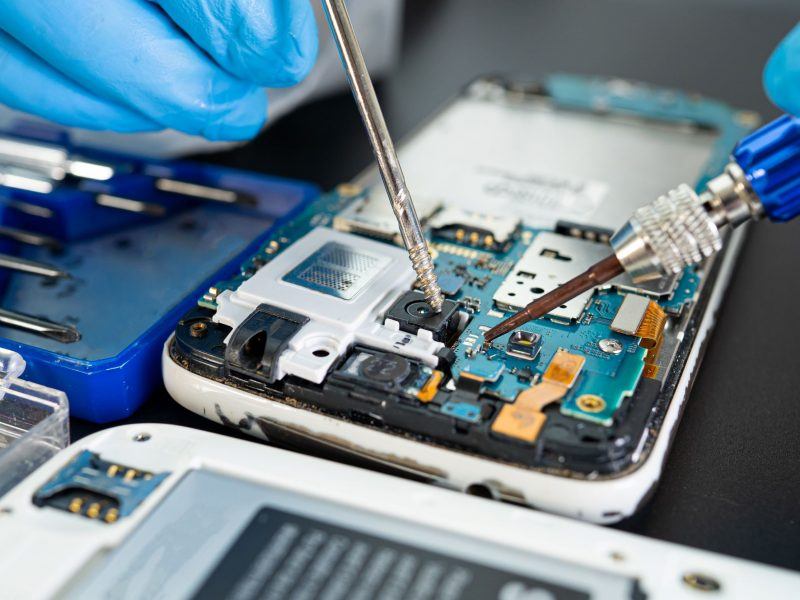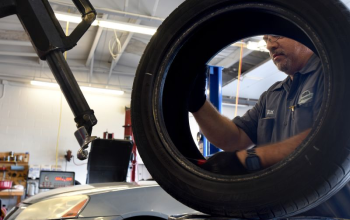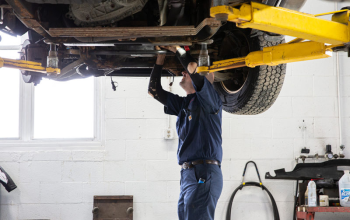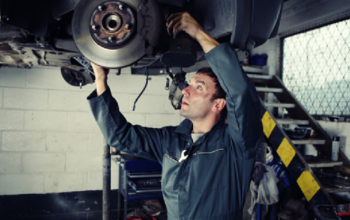In today’s fast-paced consumer society, the concept of repair may seem outdated, overshadowed by the allure of shiny new gadgets and disposable goods. However, the art of repair is more relevant than ever, not only for its economic benefits but also for its profound impact on the environment and the human psyche. In this article, we explore the significance of repair in a world increasingly dominated by consumerism, emphasizing the importance of embracing repair culture to foster sustainability and resilience.
The Forgotten Skill of Repair:
Once a common skill passed down through generations, the art of repair has been gradually forgotten in favor of a throwaway culture. Modern technology has made it convenient to replace rather than repair, leading to a surplus of electronic waste and discarded materials that burden our planet. Rediscovering the joy of repair means reawakening our connection with the objects we own and understanding the value of fixing what’s broken.
Repair and Sustainability:
Sustainability has become a buzzword in recent years, and for good reason. Repairing items instead of replacing them is a fundamental pillar of sustainability. It reduces waste, conserves resources, and minimizes the environmental impact of our consumption patterns. By adopting a repair-first mindset, we take a small but meaningful step towards creating a more sustainable world for future generations.
The Therapeutic Aspect of Repair:
Beyond its environmental benefits, repair also has a therapeutic aspect. Engaging in the repair process can be a meditative experience, allowing individuals to slow down, focus on the task at hand, and develop a sense of accomplishment. The act of repairing fosters a deep connection with the object being fixed, fostering a sense of responsibility and appreciation for its continued use.
Fostering a Repair Culture:
To truly embrace repair, we must strive to create a repair culture. This involves several key elements:
- Education: Schools and communities should prioritize teaching basic repair skills, empowering individuals to mend their possessions rather than discarding them.
- Access to Information: Online tutorials, workshops, and repair cafes can provide valuable knowledge and support to those eager to learn repair skills.
- Product Design: Manufacturers should prioritize creating products that are easily repairable, using standardized components and design practices that allow for straightforward maintenance.
- Policy and Incentives: Governments can play a role by incentivizing repair businesses and implementing policies that promote the repair of goods instead of encouraging constant consumption.
Repair as a Rebellion against Consumerism:
Repair is an act of rebellion against the rampant consumerism that dominates our society. It challenges the idea that products should be disposable and forces us to rethink the value of possessions. By repairing items instead of mindlessly replacing them, we take back control over our consumption habits and reject the narrative of perpetual growth and waste.
Economic Benefits of Repair:
Apart from its ecological and psychological advantages, repair also offers economic benefits. Repair businesses can thrive in a culture that values fixing over replacing, providing jobs and boosting local economies. Moreover, individuals can save money by repairing items instead of buying new ones, which can be particularly significant for low-income households.
Conclusion:
Repair is not just about fixing broken objects; it’s a transformative mindset that challenges our throwaway culture and encourages us to embrace sustainability, self-sufficiency, and a deeper connection with the material world. By nurturing a repair culture, we pave the way for a more sustainable and resilient future, where our possessions carry meaning, and we take pride in maintaining what we own. Let us rekindle the art of repair and rediscover the beauty in making things whole again.








